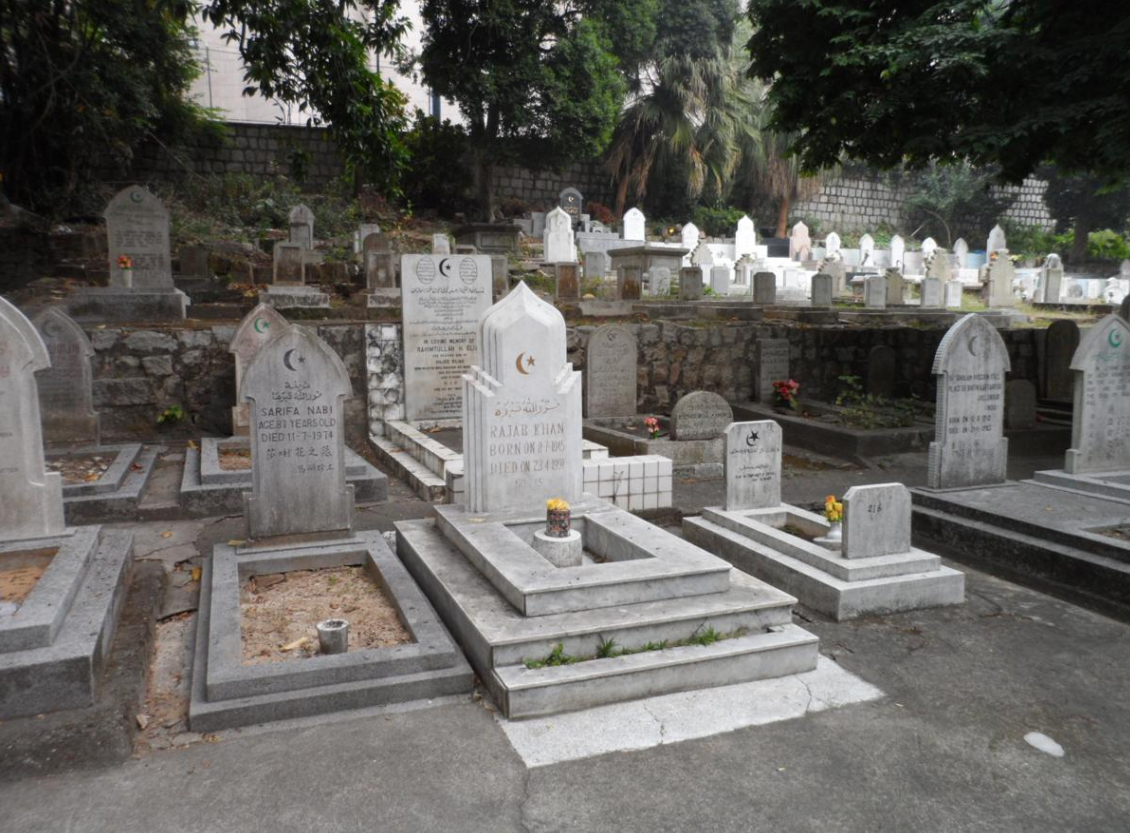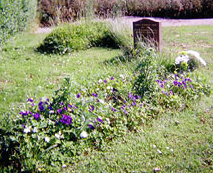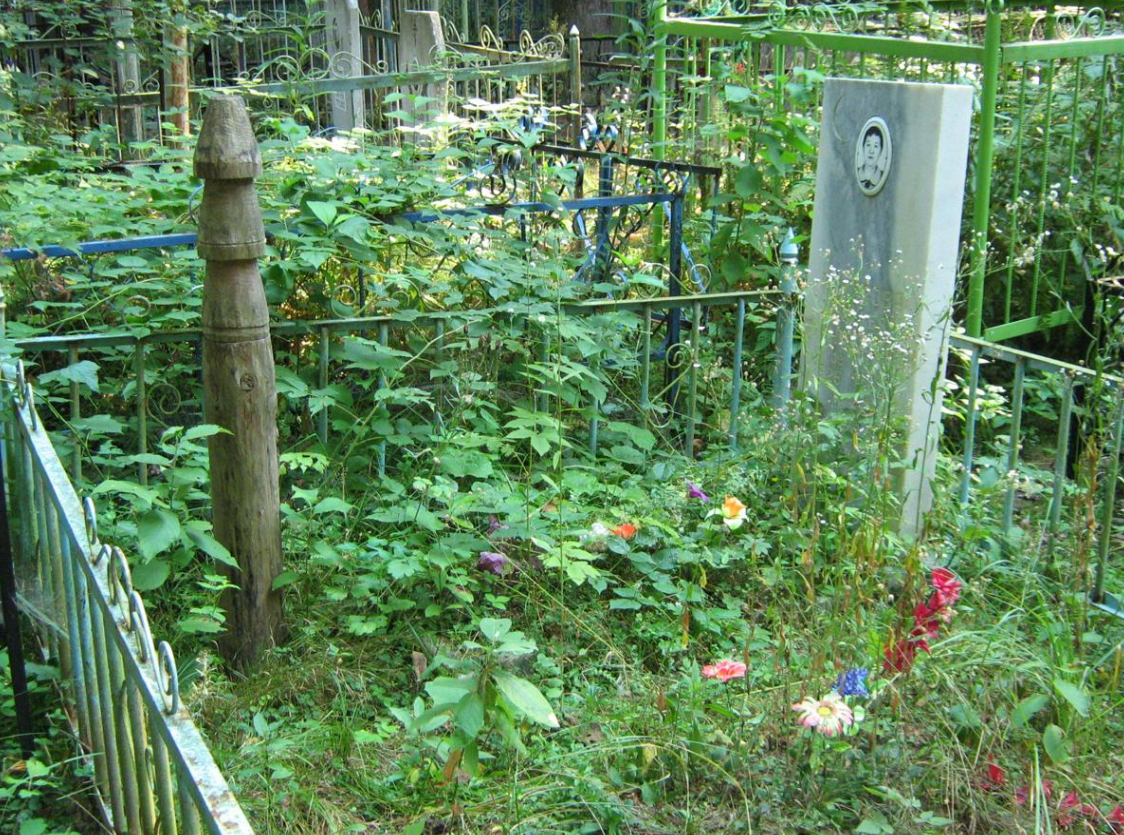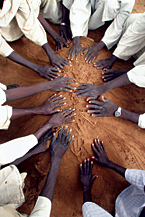
| Version | Summary | Created by | Modification | Content Size | Created at | Operation |
|---|---|---|---|---|---|---|
| 1 | Dean Liu | -- | 1676 | 2022-11-09 01:46:09 |
Video Upload Options
Funerals in Islam (called Janazah in Arabic) follow fairly specific rites, though they are subject to regional interpretation and variation in custom. In all cases, however, sharia (Islamic religious law) calls for burial of the body as soon as possible, preceded by a simple ritual involving bathing and shrouding the body, followed by salah (prayer). Burial is usual within 24 hours of death to protect the living from any sanitary issues, except in the case of a person killed in battle or when foul play is suspected; in those cases it is important to determine cause of death before burial. Cremation of the body is forbidden.
1. Common Islamic Burial Rituals


Burial rituals should normally take place as soon as possible and include:[1]
- Collective bathing of the dead body,[2] except in extraordinary circumstances as in battle of Uhud.[3]
- Enshrouding dead body in a white cotton or linen cloth.[4]
- Funeral prayer ( صلاة الجنازة ).[5]
- Burial of the dead body in a grave.
- Positioning the deceased so that the head is faced towards Mecca (Makkah Al-Mukarramah).
1.1. Bathing the Deceased
The corpse is washed (ghusl, bathed), with the purpose to physically cleanse the deceased. The exact manner: the method, style and accessories used for bathing the corpse may vary by locale and temporal position, except that it is to be done with heated water. Bathing the dead body is an essential ritual of the Sunnah of the Islamic prophet Muhammad,[6] and therefore a part of the Islamic Sharia. This should occur as soon as possible after death, preferably within hours.
Orthodox practice is to wash the body an odd number of times (at least once) with a cloth covering its awrah (parts of the body that should be hidden according to Sharia).[7]
The "washers" are commonly adult members of the immediate family, who are of the same gender as the deceased. In cases of violent deaths or accidents, where the deceased has suffered trauma or mutilation, morgue facilities mend the body and wrap it in a shroud to minimise fluid leakage prior to surrendering it to mourners for washing.
1.2. Enshrouding the Deceased
The corpse is typically wrapped in a simple plain cloth (the kafan). This is done to respect the dignity and privacy of the deceased with the family sometimes present. The specifics of this ritual, including the material, style, and colour of the cloth, may vary across regions. However, the shroud should be simple and modest. It is for this reason that Muslims have generally preferred to use white cotton cloth to serve as the shroud. Men may use only three pieces of cloth and women five pieces of cloth.[8]
The deceased may be kept in this state for several hours, allowing well-wishers to pass on their respects and condolences.
1.3. Funeral Prayer
The Muslims of the community gather to offer their collective prayers for the forgiveness of the dead. This prayer has been generally termed as the Salat al-Janazah (Janazah prayer).
The Janazah prayer is as follows:
- like Eid prayer, the Janazah prayer incorporates an additional (four[9]) Takbirs, the Arabic name for the phrase Allah Akbar, but there is no Ruku' (bowing) and Sujud (prostrating).
- Supplication for the deceased and mankind is recited.
- In extraordinary circumstances, the prayer can be postponed and prayed at a later time as was done in the Battle of Uhud.[5]
- It is required for every Muslim adult male to perform the funeral prayer upon the death of any Muslim, but conventionally and in practice the Janazah is performed by few people so it alleviates that obligation for all.[10]
1.4. Burial

The deceased is then taken for burial (al-Dafin). The exact manner, customs and style of the grave, the burial and so forth may vary by regional custom.
The grave should be at right angles to the direction of the Qibla (i.e. Mecca) so that the body, placed in the grave without a coffin lying on its right side, faces the Qibla.[11] Grave markers should be raised, not more than about 30 centimetres (12 in) above the ground, so that the grave will neither be walked nor sat on. Grave markers are simple, because outwardly lavish displays are discouraged in Islam. Graves are frequently marked only with a simple wreath, if at all. However, it is becoming more common for family members to erect grave monuments.
In Middle Eastern cultures women are generally discouraged from participating in the funeral procession. The reason for this is that in pre-Islamic Arabia it was customary in Arabia for grieving women to wail loudly. Wealthy families often even hired 'wailers' to attend the funerals of their deceased relative. Wailing at funerals is not permitted according to the Sahih Bukhari. Women are allowed to attend or be present if they do not wail or cry or hit themselves in grief, especially in an exaggerated excessive manner as it used to be done in old Arabia times.[12]
Three fist-sized spheres of hand-packed soil prepared beforehand by the gravediggers are used as props, one under the head, one under the chin and one under the shoulder. The lowering of the corpse and positioning of the soil-balls is done by the next of kin. In the case of a deceased husband, a male brother or brother-in-law usually performs this task. In the case of a deceased wife, the husband undertakes this if physically able to. If the husband is elderly, then the eldest male son (or son-in-law) is responsible for lowering, alignment and propping the deceased.
Orthodoxy expects those present to symbolically pour three handfuls of soil into the grave while reciting a quranic verse meaning, "We created you from it, and return you into it, and from it we will raise you a second time".[13] More prayers are then said, asking for forgiveness of the deceased, and reminding the dead of their profession of faith.

The corpse is then fully buried by the gravediggers, who may stamp or pat down the grave to shape. Commonly the eldest male will supervise. After the burial the Muslims who have gathered to pay their respects to the dead collectively pray for the forgiveness of the dead. This collective prayer is the last formal collective prayer for the dead. In some cultures, e.g. South East Asian Muslims, the surviving members of the deceased scatter flowers and perfumed rose water upon the grave as the last action prior to leaving the grave.
1.5. Mourning
According to Sunni Islam, loved ones and relatives are to observe a 15-day mourning period.[14] Islamic mourning is observed by increased devotion, receiving visitors and condolences, and avoiding decorative clothing and jewelry in accordance with the Qur'an.[15] Widows observe an extended mourning period (iddah, period of waiting), 4 months and 10 days long.[16] During that time, the widow is not to remarry or to interact with non-mahram (a man she can marry). This rule is to confirm that the woman is not pregnant with the deceased's child prior to remarrying. However, in case of emergencies such as visiting a doctor because of a health emergency, the widow can interact with non-mahram.
Grief at the death of a beloved person and weeping for the dead is normal and acceptable.[17]
Sunni Islam expects expression of grief to remain dignified, prohibiting loud wailing (bewailing refers to mourning in a loud voice), shrieking, beating the chest and cheeks, tearing hair or clothes, breaking objects, scratching faces or speaking phrases that make a Muslim lose faith. Grieving is allowed and a part of the death and burial process to allow one to come in terms with the loss of a person passing away as long as it respects the above.[18]

1.6. Directives for Widows
The Qur'an prohibits widows to engage themselves for four lunar months and ten days, after the death of their husbands. According to the Qur'an:
And those of you who die and leave widows behind, they should keep themselves in waiting for four months and ten days. Then when they have fulfilled their term, there is no blame on you about what they do with themselves in accordance with the norms [of society]. And Allah is well acquainted with what you do. And there is also no blame on you if you tacitly send a marriage proposal to these women or hold it in your hearts. Allah knows that you would definitely talk to them. [Do so] but do not make a secret contract. Of course you can say something in accordance with the norms [of the society]. And do not decide to marry until the law reaches its term. And know that Allah has knowledge of what is in your hearts; so be fearful of Him and know that Allah is Most forgiving and Most Forbearing.— Quran 2:234–235
Islamic scholars consider this directive a balance between the mourning of a husband's death and the protection of a widow from cultural or societal censure if she became interested in remarrying after her husband’s death, often an economic necessity.[19] This provision also operates to protect the property rights of the unborn, as the duration is enough to ascertain whether a widow is pregnant or not.[20]
Husbands are recommended to make a will in favor of their wives for the provision of one year’s residence and maintenance, except if the wives themselves leave the house or take any other similar step. As stated in Qur'an:
And those of you who die and leave widows should bequeath for their widows a year’s provision and [bequeath] that [in this period] they shall not be turned out of their residences; but if they themselves leave the residence, there is no blame on you for what they do with themselves according to the norms of society. And Allah is Exalted in Power, Wise.—Quran 2:240
References
- Ghamidi (2001),Customs and Behavioral Laws http://www.renaissance.com.pk/janisla2y2.html
- Sahih al-Bukhari 1254
- Sahih al-Bukhari 1346
- Sahih Muslim 943
- Ghamidi, Various types of the prayer http://www.renaissance.com.pk/DecIslaw2y5.htm
- Sahih Muslim Volume 2, Book 23, Number 344-358 http://www.usc.edu/schools/college/crcc/engagement/resources/texts/muslim/hadith/bukhari/023.sbt.html#002.023.344
- Nesa, Baduroon. "The Washing and Shrouding of the Deceased". Al-Jazeerah.nfo. Dr. Hassan Ali El-Najjar. http://www.aljazeerah.info/Islam/Islamic%20subjects/2004%20subjects/May/The%20Washing%20and%20Shrouding%20of%20the%20Deceased.htm. Retrieved 17 February 2012.
- Sahih Muslim Volume 2, Book 23, Number 353-358 http://www.usc.edu/schools/college/crcc/engagement/resources/texts/muslim/hadith/bukhari/023.sbt.html#002.023.353
- Sahih Muslim Volume 2, Book 23, Number 404 http://www.usc.edu/schools/college/crcc/engagement/resources/texts/muslim/hadith/bukhari/023.sbt.html#002.023.404
- Sahih Muslim Volume 2, Book 23, Number 359 http://www.usc.edu/schools/college/crcc/engagement/resources/texts/muslim/hadith/bukhari/023.sbt.html#002.023.359
- al-Misri, Ahmad ibn Naqib (1994). Reliance of the Traveler (edited and translated by Nuh Ha Mim Keller. Amana Publications. pp. 238–239. ISBN 0-915957-72-8.
- Sahih Muslim Volume 2, Book 23, Number 368 http://www.usc.edu/schools/college/crcc/engagement/resources/texts/muslim/hadith/bukhari/023.sbt.html#002.023.368
- Quran 20:55; compare "Dust thou art, and unto dust thou shalt return" (Genesis 3:19) http://www.perseus.tufts.edu/hopper/text?doc=Perseus%3Atext%3A2002.02.0006%3Asura%3D20%3Averse%3D55
- Sahih Muslim Volume 2, Book 23, Number 369-371 http://www.usc.edu/schools/college/crcc/engagement/resources/texts/muslim/hadith/bukhari/023.sbt.html#002.023.369
- Quran 2:234 http://www.perseus.tufts.edu/hopper/text?doc=Perseus%3Atext%3A2002.02.0006%3Asura%3D2%3Averse%3D234
- "". http://www.usc.edu/schools/college/crcc/engagement/resources/texts/muslim/hadith/bukhari/023.sbt.html.
- Sahih Muslim Volume 2, Book 23, Number 391 http://www.usc.edu/schools/college/crcc/engagement/resources/texts/muslim/hadith/bukhari/023.sbt.html#002.023.391
- Sahih Muslim Volume 2, Book 23, Number 375-393 http://www.usc.edu/schools/college/crcc/engagement/resources/texts/muslim/hadith/bukhari/023.sbt.html#002.023.375
- Islahi (1986), p. 546
- Shehzad Saleem. The Social Directives of Islam: Distinctive Aspects of Ghamidi’s Interpretation , Renaissance. March, 2004 http://www.renaissance.com.pk/Marislaw2y4.html




